As you can see from the picture, this project is mostly complete. I will be adding more details soon, but here is a quick overview: I've used a Teensy 3.1 to run the emulation and a 2.2 inch SPI screen for the display. Power comes from wither on onboard LiPo battery or via USB. Dimensions are 79mm by 48mm by 20mm.
Source code and design files for the 3D printed parts cane be downloaded from this page.
The simulator software is based on two existing simulators: Martin Campbell-Kelly's Windows simulator and NISHIO Hirokazu's browser based simulator.
 David Boucher
David Boucher
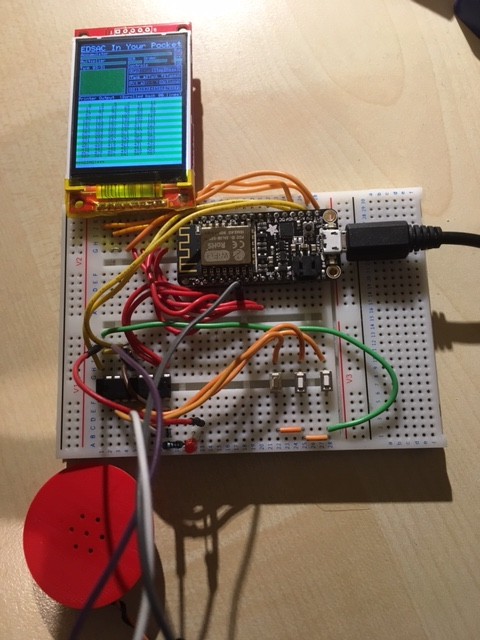

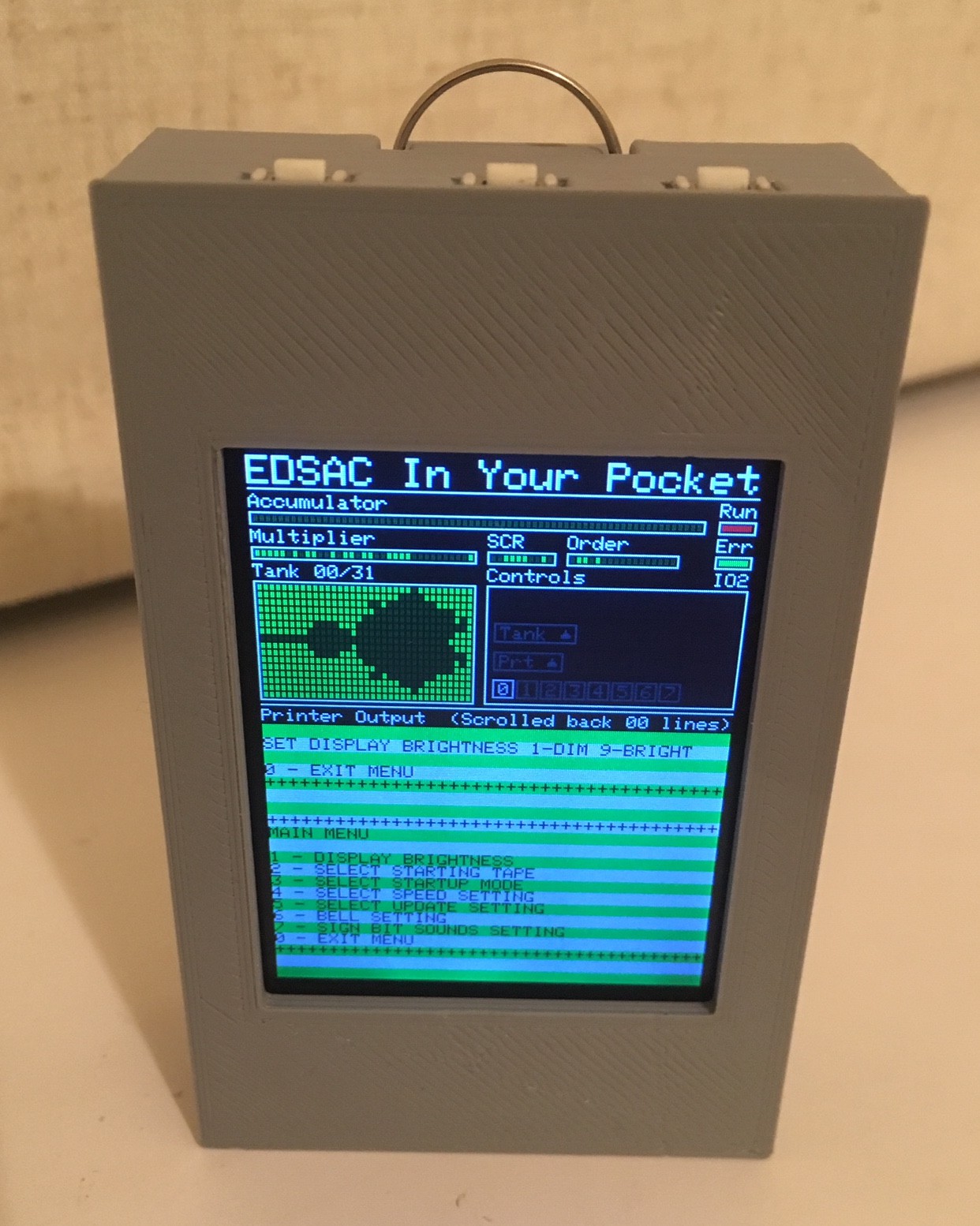
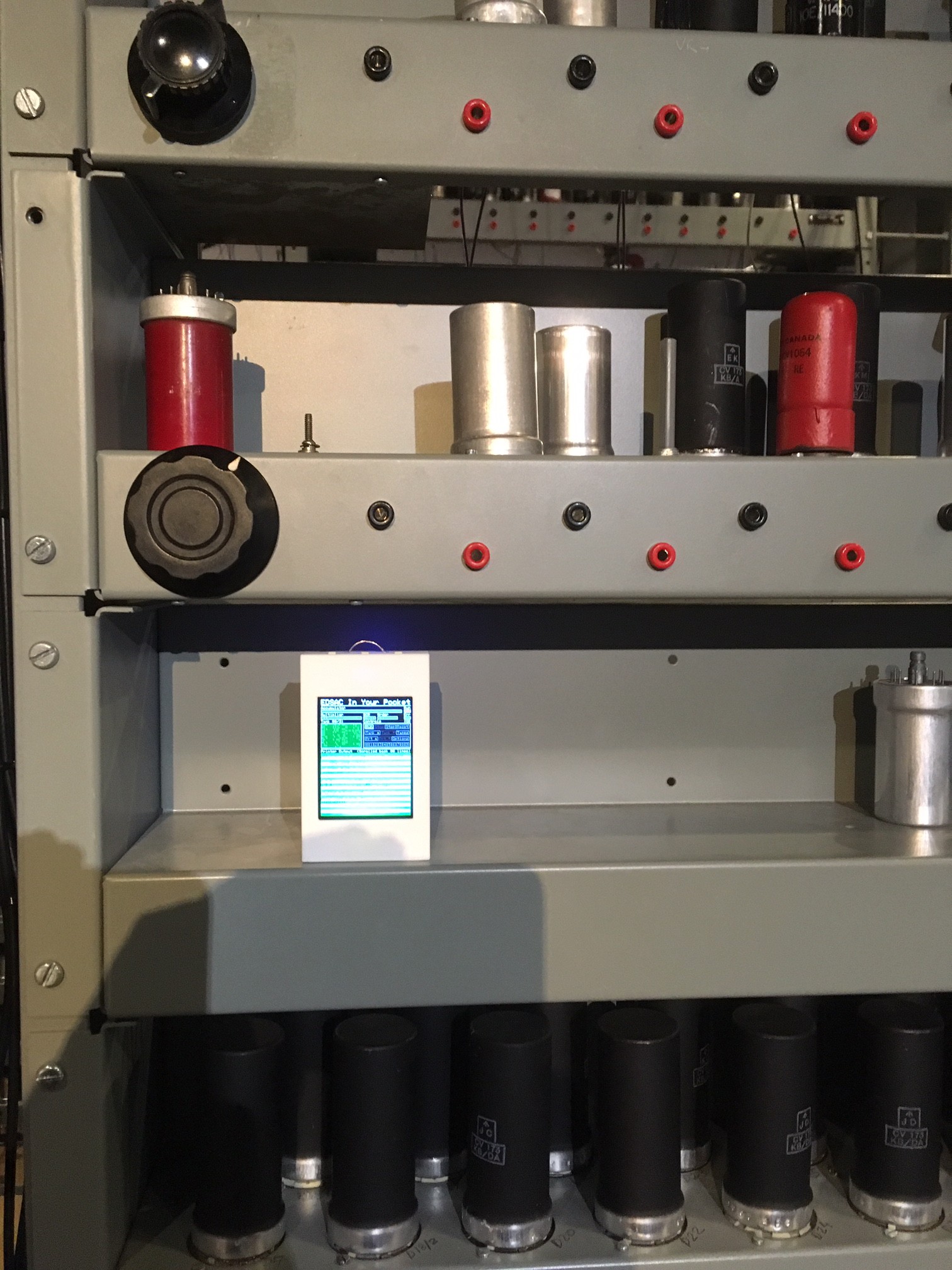
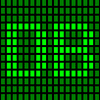




 PK
PK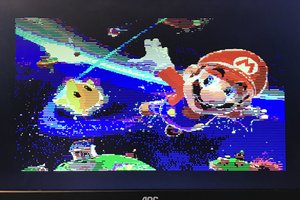

 Welsh Mullet
Welsh Mullet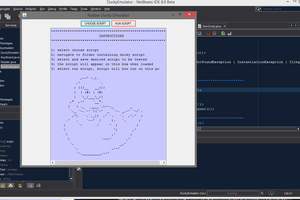
 TAIBHSE DESIGNS
TAIBHSE DESIGNS
This looks like an ideal project to be ported to the new Raspberry Pi Pico microcontroller. BTW - I am one of the people on the EDSAC rebuild at TNMOC. Unfortunately not too sensible to travel there nowadays with the Covid-19 lockdown. But hope it won't be long till we get things back to normal. I have one chassis to work on at home in Leicester but I'm itching to get it re-installed.
Tony